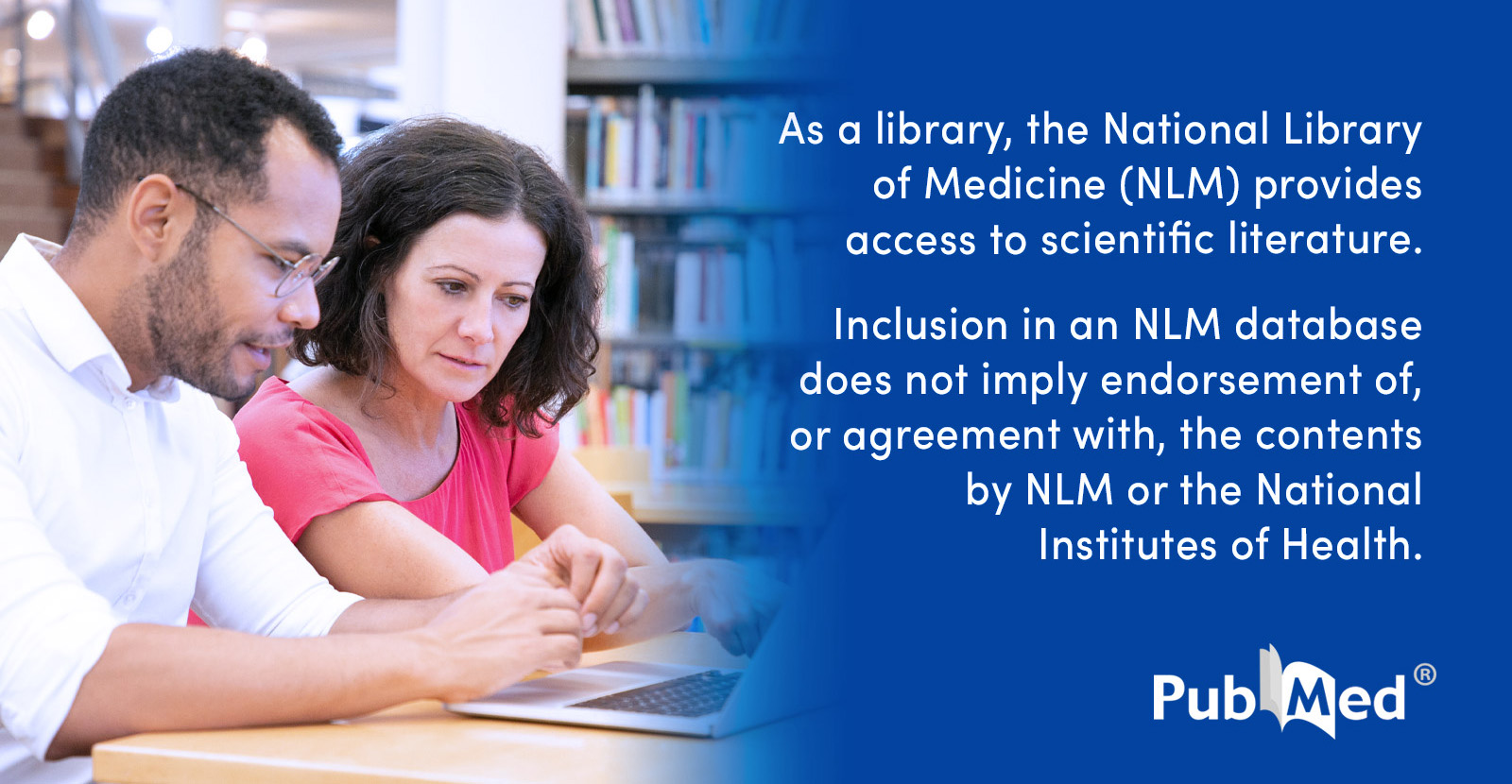Insulin-like and mimetic molecules from non-mammalian organisms: potential relevance for drug discovery.
Autor: Müller, Günter A.
Publication year: 2020
Archives of physiology and biochemistry
issn:1744-4160 1381-3455
doi: 10.1080/13813455.2018.1551906
Abstract:
Insulin was first discovered in extracts of vertebrate pancreas during a focused search for a therapy for diabetes. Subsequent efforts to discover and isolate a similar active principle from yeast and plants driven by the hope to identify insulin-like/mimetic molecules with critical advantages in the pharmacokinetic profile and expenditure of production compared to authentic human insulin were not successful. As a consequence, it has generally been assumed that hormones evolved exclusively during course of the evolution of vertebrate endocrine organs, implying a rather recent origin. Concomitantly, the existence and physiological role of vertebrate hormones in lower multi- and unicellular eukaryotes have remained a rather controversial subject over decades, albeit there is some evidence that hormones and hormone-binding proteins resembling those of vertebrates are expressed in fungi and yeast. Past and recent findings on the existence of insulin-like and mimetic materials, such as the glucose tolerance factor, in lower eukaryotes, in particular Neurospora crassa and yeast, will be presented. These data provide further evidence for the provocative view that the evolutionary roots of the vertebrate endocrine system may be far more ancient than is generally believed and that the identification and characterisation of insulin-like/mimetic molecules from lower eukaryotes may be useful for future drug discovery efforts.
Language: eng
Rights:
Pmid: 30633571
Tags: Humans; Animals; *Biomimetics; Diabetes mellitus; insulin; Saccharomyces cerevisiae; Hypoglycemic Agents/*pharmacology; Diabetes Mellitus/*drug therapy; Drug Discovery; glucose tolerance factor; Insulin/*biosynthesis/*pharmacology; Neurospora crassa; phosphoinositolglycans; Vertebrates/*metabolism
Link: https://pubmed.ncbi.nlm.nih.gov/30633571/








